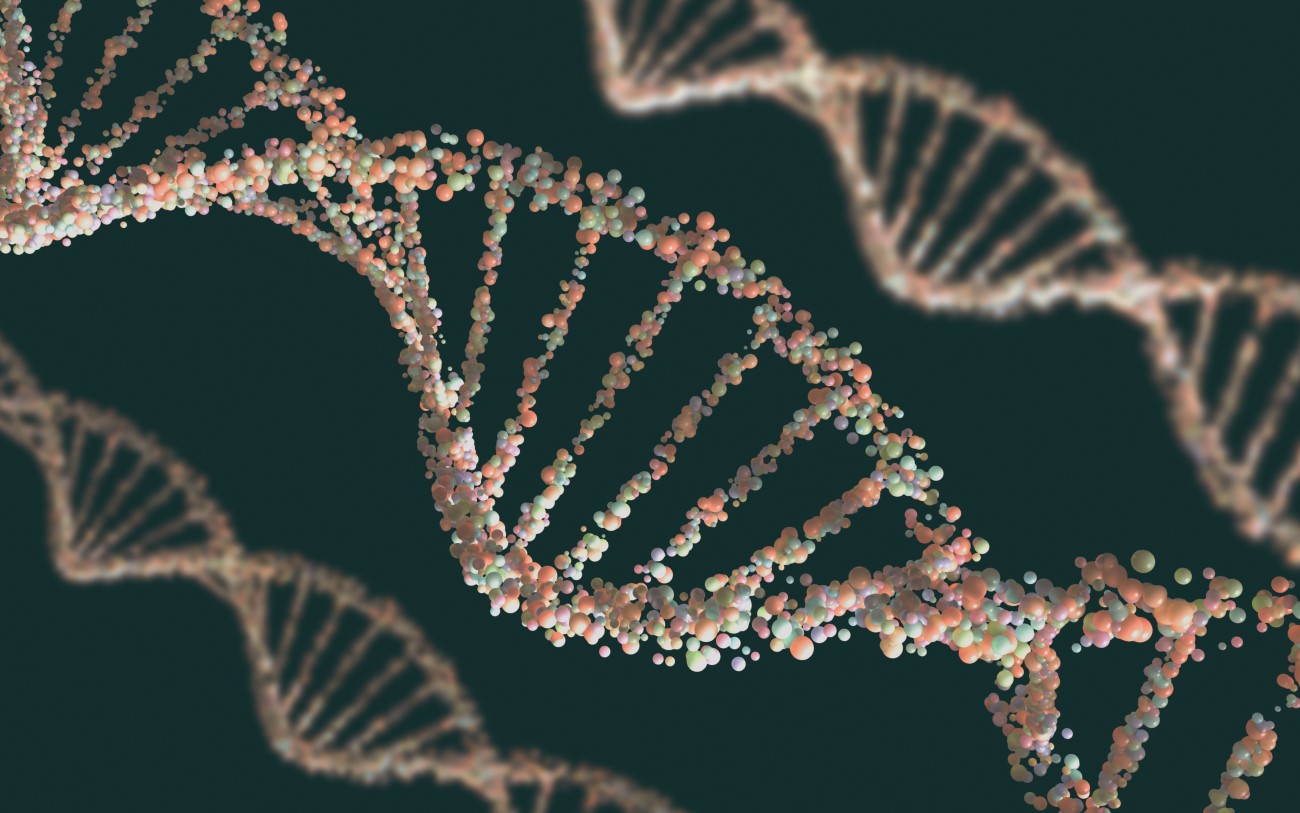
New methods reveal cancer mechanism in ancient genes
On Mar. 3, 2025, researchers at Fred Hutch Cancer Center announced they have discovered an overlooked mechanism driving aggressive breast and brain tumors involving genes so ancient — more than 2 billion years old — that they fly under the radar of standard genetic sequencing methods.
The study focuses on 64 ancestral genes needed to make histones, which are the molecular packaging material that helps squish some six feet of DNA strands into a single cell’s nucleus. The team, led by Steven Henikoff, PhD, discovered that the overproduction of histones — measured by the increased presence of an enzyme that kick-starts the process — predicted the aggressiveness and likelihood of recurrence after surgery in preserved brain and breast tumor samples from patients whose clinical histories are documented.
But histone genes are so old they predate the rise of eukaryotic life (organisms with cells that contain a nucleus, which emerged between 1.8 and 2.7 billion years ago). Their RNA copies use more ancient chemistry to stabilize, and because they lack that common signature, they’re like a plane that’s invisible to the control tower because it’s flying without a transponder.
They discovered that overproduction of histones alone predicted the aggressiveness and recurrence of meningioma tumors. Overproduction of histones also predicted aggressiveness of invasive breast cancer based on an analysis of 13 paraffin-embedded samples.
The finding is consistent with other research linking the overproduction of histones with breaks to the centromere hinges that are essential to making sure each new cell gets a complete set of chromosomes.
Though histone genes comprise only 1/100,000th of the human genome, the over-expression of this tiny, ancient subset of DNA — all by itself — predicted poor outcomes in brain and breast cancers, making it a potentially powerful new biomarker for disease with the potential to improve diagnosis, prognosis and even new therapies.
The study was published in the journal Science.
Tags:
Source: Fred Hutch Cancer Center
Credit:
